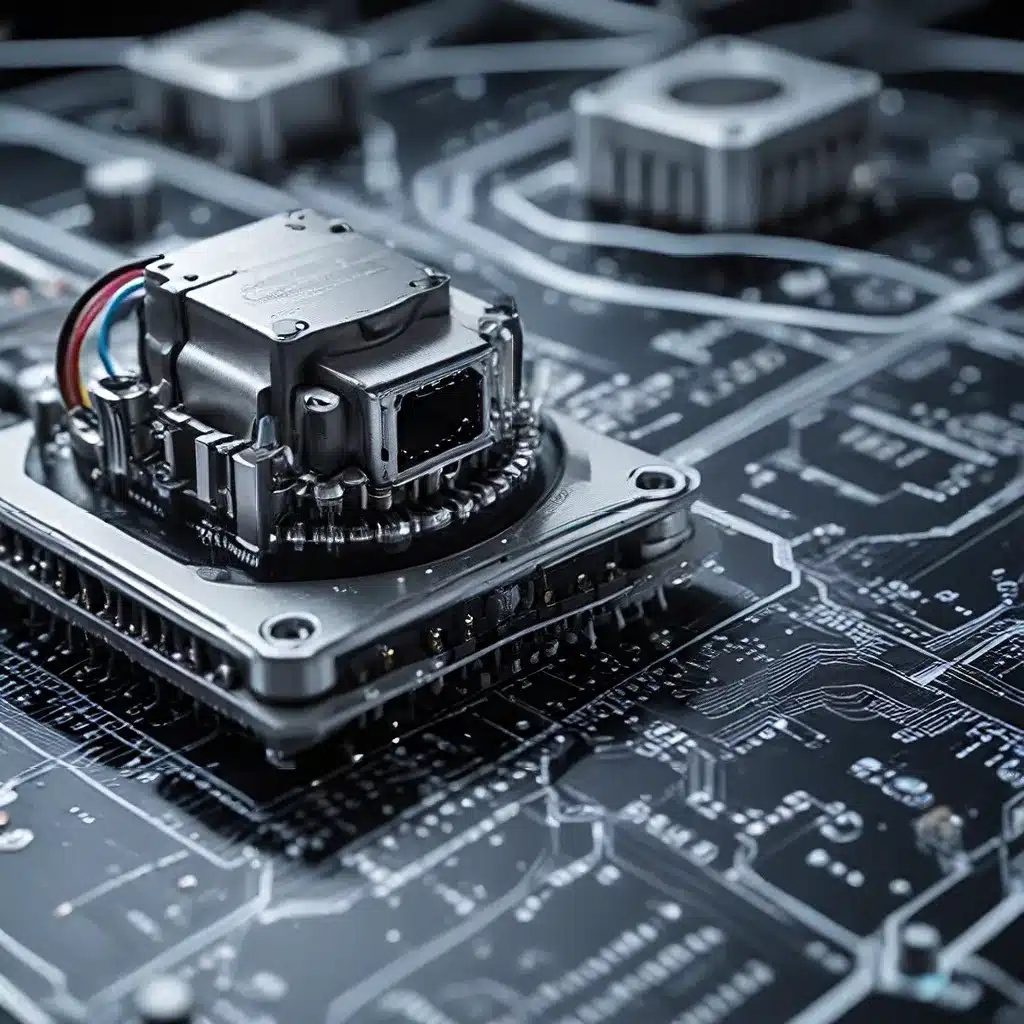
Understanding the Importance of Fault Detection in IoT
In the rapidly evolving world of the Internet of Things (IoT), where a growing number of interconnected devices collect and exchange vast amounts of data, fault detection has become a crucial concern. As IoT systems become more ubiquitous, their reliable operation is essential to ensure the integrity of the data they generate and the effectiveness of the applications they power.
Sensor networks, a core component of IoT ecosystems, are particularly vulnerable to faults due to the often harsh and uncontrolled environments in which they operate. These faults can range from hardware failures and communication issues to environmental interference and malicious attacks. Undetected faults can lead to inaccurate data, missed alerts, and even catastrophic system failures, ultimately undermining the value and trust in IoT deployments.
To address this challenge, researchers and industry experts have turned to machine learning (ML) as a powerful tool for fault detection in IoT systems. By leveraging advanced algorithms and data analysis techniques, ML-based fault detection can identify anomalies, predict potential failures, and enable proactive maintenance strategies, thereby enhancing the overall resilience and reliability of IoT networks.
Exploring ML-based Fault Detection in IoT
The integration of machine learning into IoT fault detection systems has unlocked a new era of intelligent and adaptive monitoring. By training ML models on historical sensor data and failure patterns, IoT systems can learn to recognize the telltale signs of impending faults, allowing for timely intervention and preventive measures.
One of the key advantages of ML-based fault detection is its ability to adapt to changing conditions and evolving system dynamics. Unlike traditional rule-based approaches, which rely on predefined thresholds and static parameters, ML models can continuously update their understanding of normal system behavior, enabling them to detect subtle deviations and emergent fault patterns.
Recent research has explored various ML techniques for IoT fault detection, including supervised learning algorithms like Support Vector Machines (SVMs) and Artificial Neural Networks (ANNs), as well as unsupervised learning methods such as Clustering and Anomaly Detection. These approaches have demonstrated remarkable accuracy and efficiency in identifying a wide range of faults, from sensor failures and communication errors to environmental disturbances and cyber-attacks.
Leveraging IoT Sensor Data for Predictive Maintenance
Beyond mere fault detection, the integration of machine learning in IoT systems has also enabled the development of predictive maintenance strategies. By analyzing sensor data in real-time, ML models can predict the likelihood of future failures, allowing IoT system operators to schedule proactive maintenance and replacement of critical components.
This predictive maintenance approach not only reduces the risk of unplanned downtime and costly repairs but also optimizes resource utilization and extends the overall lifespan of IoT devices. By anticipating potential issues before they occur, IoT systems can allocate maintenance resources more efficiently, minimizing the need for reactive, time-consuming interventions.
Building management systems, for example, have leveraged IoT sensor data and machine learning to predict the energy consumption patterns of various building components, enabling proactive maintenance schedules and optimized energy management strategies.
Addressing Cybersecurity Challenges in IoT Fault Detection
As IoT systems become increasingly interconnected and data-driven, cybersecurity has emerged as a critical concern in the context of fault detection. Malicious actors may attempt to exploit vulnerabilities in IoT networks, triggering false alarms, data manipulation, or system disruptions that can undermine the effectiveness of fault detection algorithms.
To address these security challenges, IoT system designers and researchers have explored the integration of blockchain and distributed ledger technology into fault detection frameworks. By leveraging the decentralized and tamper-resistant nature of blockchain, IoT networks can validate sensor data, authenticate device identities, and secure the integrity of fault detection processes.
Furthermore, the convergence of machine learning and cybersecurity in IoT has led to the development of anomaly-based intrusion detection systems (IDS). These systems leverage ML algorithms to identify and mitigate cyber threats, such as unauthorized access, data breaches, and denial-of-service attacks, that can compromise the reliability of IoT fault detection.
Recent studies have demonstrated the effectiveness of hybrid approaches, combining statistical analysis, rule-based detection, and machine learning techniques, in enhancing the security and resilience of IoT fault detection systems.
Energy-Efficient IoT Sensor Networks for Sustainable Fault Detection
The energy consumption of IoT sensor networks is another crucial factor in the design and deployment of effective fault detection systems. Sensor nodes, often operating in remote or inaccessible locations, require efficient power management strategies to ensure continuous and reliable data collection.
Energy-harvesting technologies, such as solar, wind, or vibration-based generators, have emerged as promising solutions to power IoT sensor networks, reducing their reliance on batteries and grid-based electricity. By integrating these renewable energy sources with intelligent power management algorithms, IoT systems can optimize their energy usage and extend the lifetime of sensor nodes, ensuring the sustainability of fault detection operations.
Moreover, the optimization of sensor node placement and network topology can also contribute to energy-efficient IoT fault detection. Hierarchical or cluster-based network architectures, for instance, can minimize the energy-intensive data transmission requirements by aggregating and processing sensor data at the edge or local level, before transmitting it to the cloud or central monitoring system.
Toward a Resilient and Sustainable IoT Future
The integration of machine learning in IoT fault detection systems represents a significant advancement in the quest for reliable, secure, and energy-efficient sensor networks. By leveraging the predictive power of ML, IoT deployments can anticipate and mitigate potential failures, optimize maintenance strategies, and enhance the overall trustworthiness of the data they generate.
As the IoT ecosystem continues to evolve, the synergy between sensor networks, machine learning, cybersecurity, and energy management will be crucial in shaping a resilient and sustainable future for IoT applications across various industries, from smart cities and industrial automation to healthcare and environmental monitoring.
The sensor-networks.org platform is at the forefront of this technological transformation, providing a comprehensive resource for researchers, engineers, and industry professionals to explore the latest advancements, best practices, and innovative solutions in the realm of sensor network design, IoT applications, security, and energy management.